Lucille Abendanon
The Songbird and the Rambutan Tree is inspired by my Oma, Emmy Abendanon, and the years she spent in Tjideng, a Japanese prisoner of war camp during World War Two.
In the book, Emmy is ten years old when the Japanese army invades Batavia, and is fourteen when the war ends. In real life, Oma Emmy was twenty-three when Batavia was invaded, and was two months short of her twenty-seventh birthday when the Japanese surrendered in 1945.
So, who was the real Emmy?
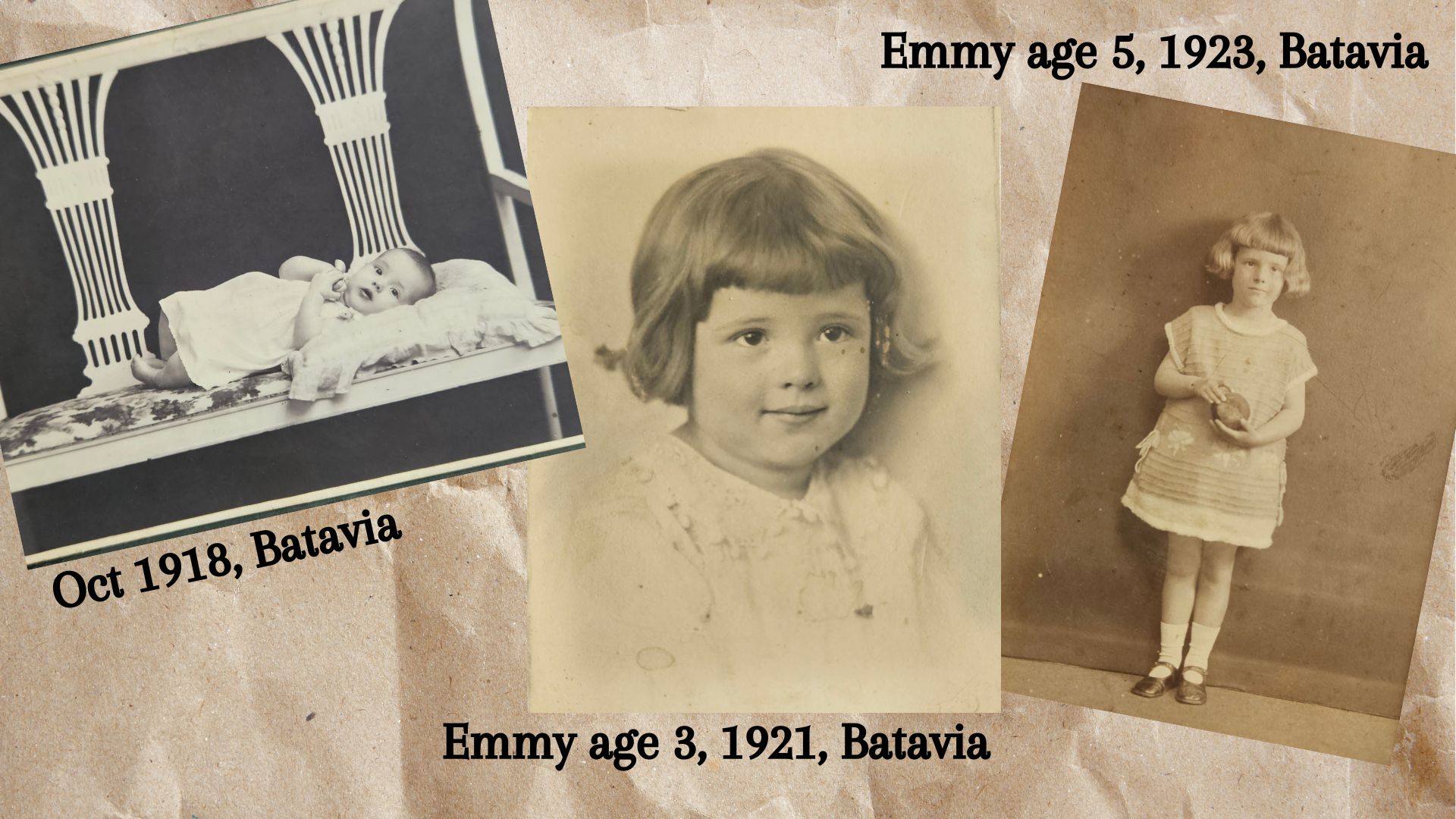
Emmeline Dubourcq was born in October 1918 in Batavia, The Dutch East Indies. She was the long awaited girl in the family after her four older brothers!
Emmy spent her early childhood in Batavia, before moving to The Netherlands and then to Paris, France as her father moved around for his work. She loved Paris, and spoke fluent French (and Dutch, and English, and Malayu).
Emmy loved animals. She always had pets growing up, and throughout her life.
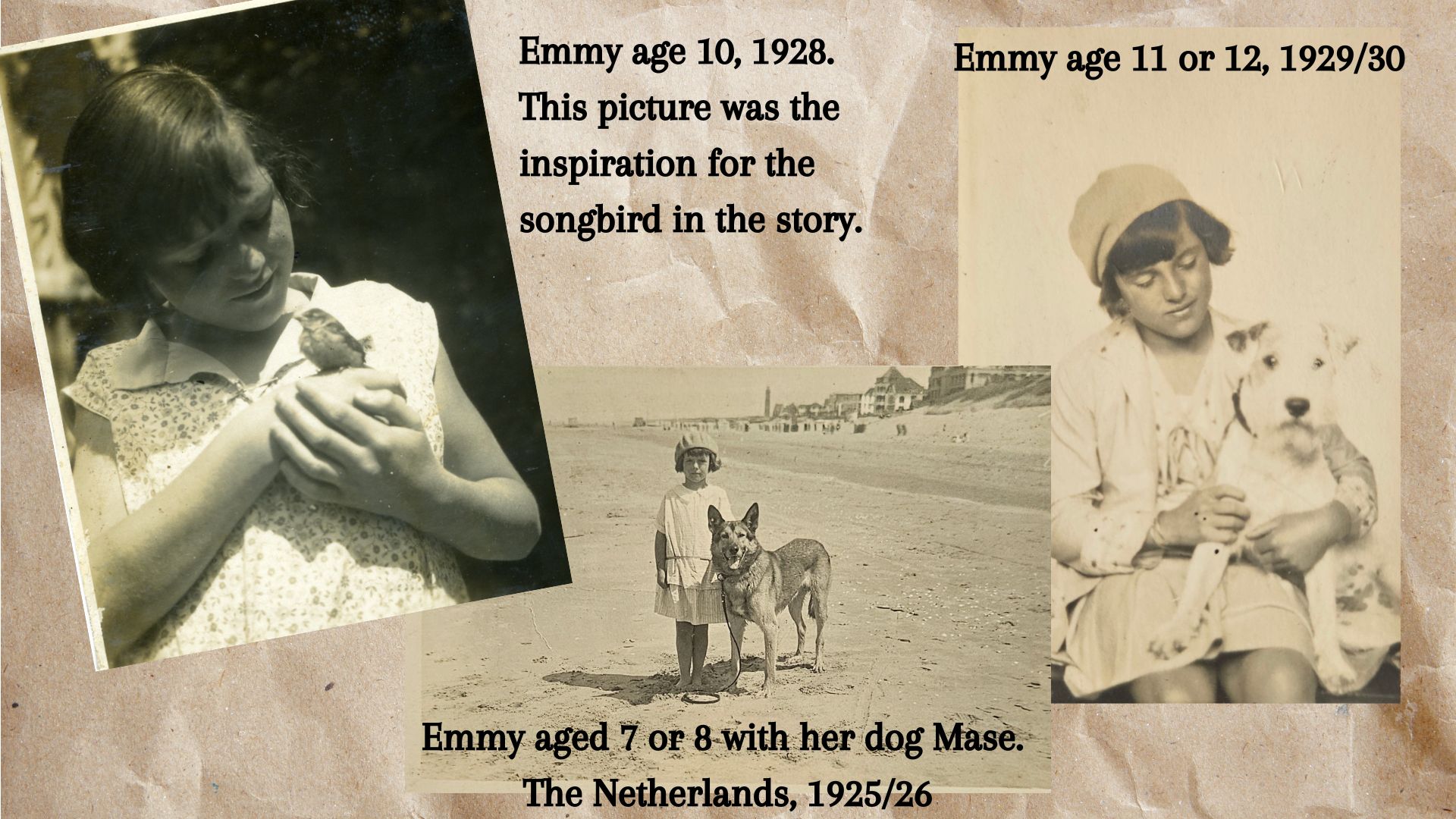
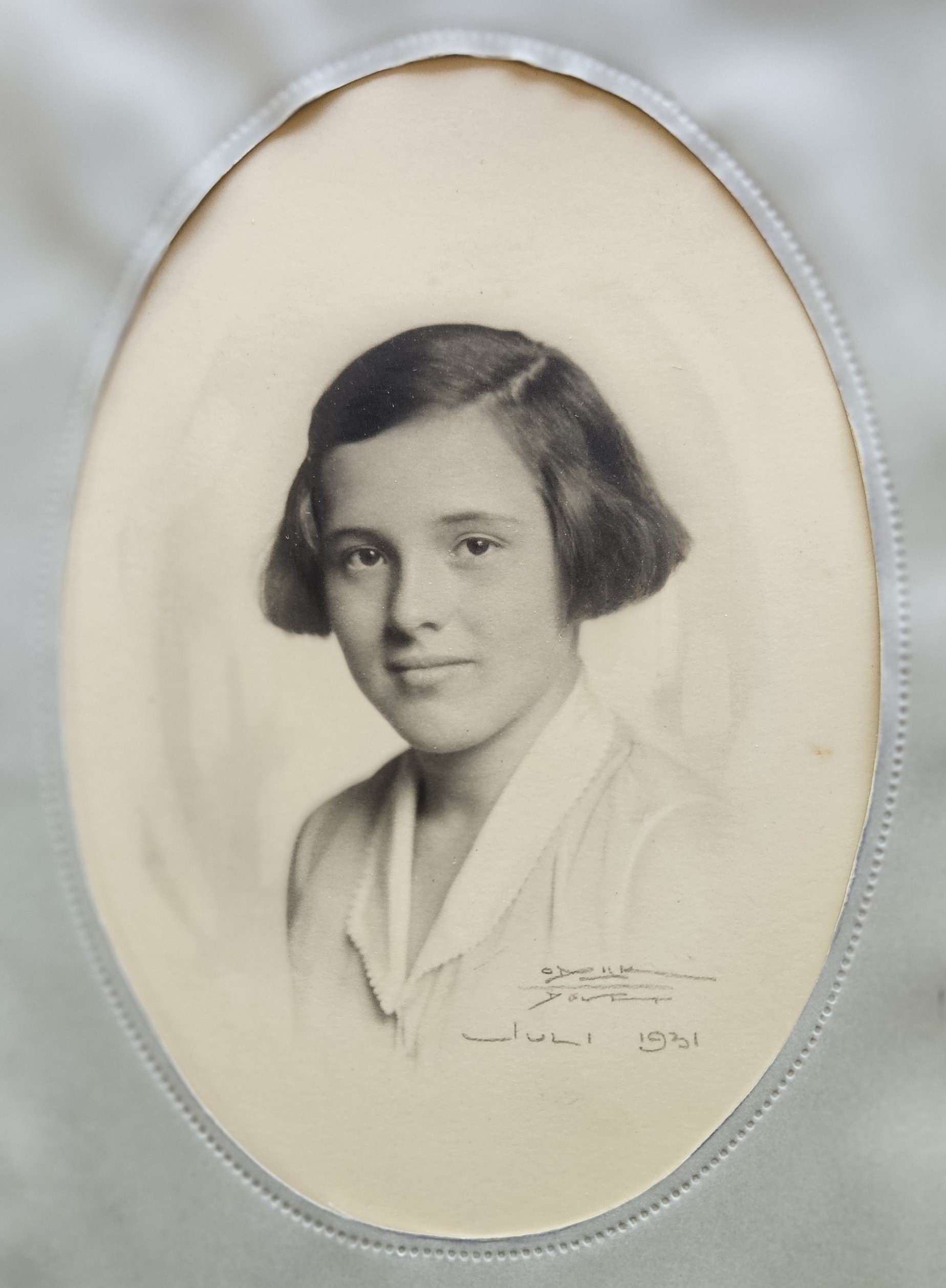
On the left is Emmy when she was thirteen years old, and on the right, at fourteen. In the book, Emmy is captured on her twelfth birthday, and is fourteen when the war ends.
I used these photos as inspiration when I was writing the book. I love the expression in Emmy’s eyes.
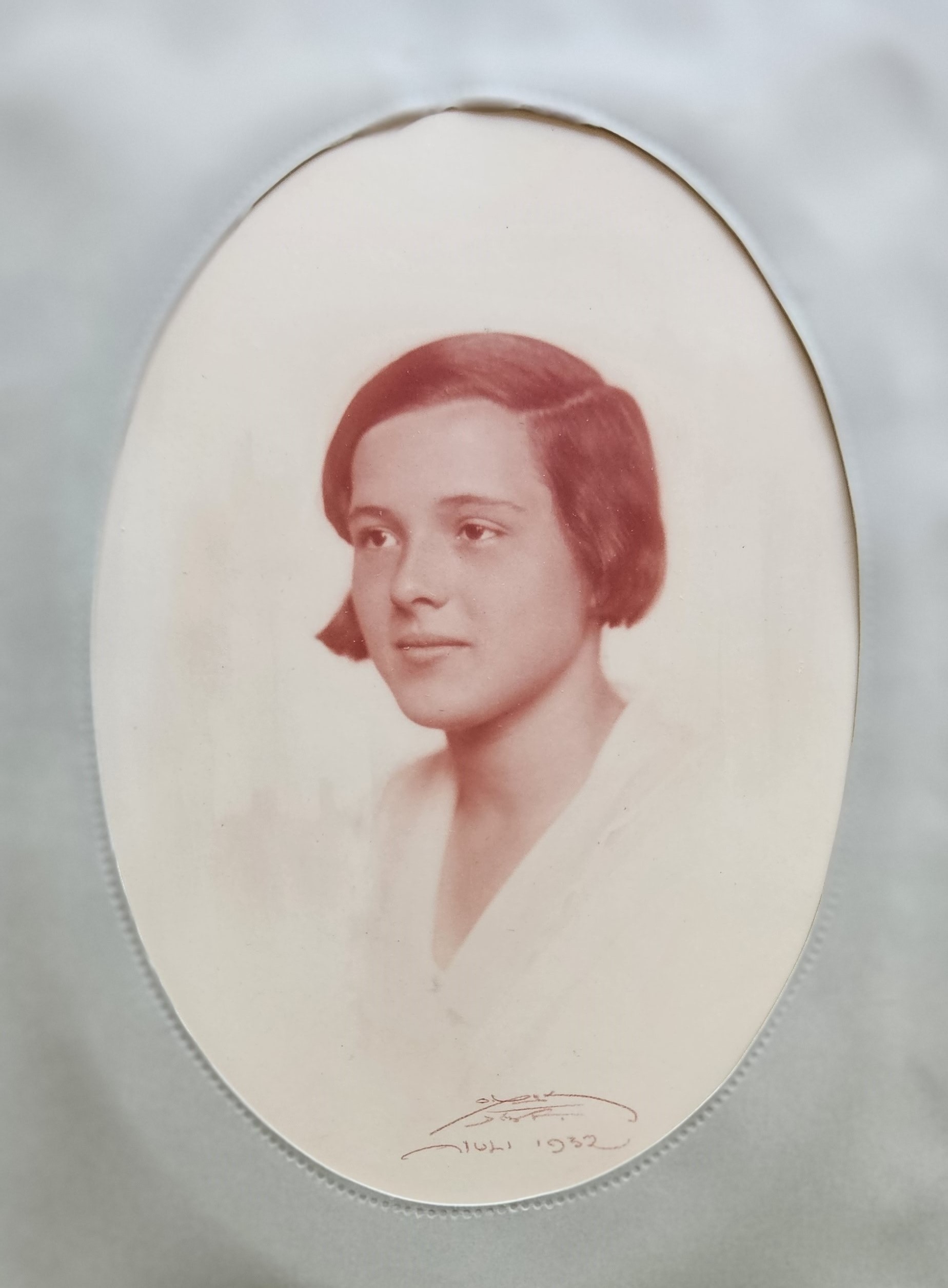
In 1937, when Emmy was nineteen, she began dating a dashing young man named Jan Abendanon. Jan was a childhood friend of one of Emmy’s older brothers, so they had already known each other for many years. Jan was confident and exciting, and they fell in love. There was just one problem: Jan lived in Batavia and only visited The Netherlands once a year at most.
In 1938, Jan proposed, and Emmy decided to leave her life in The Netherlands behind, and move back to the country of her birth with her fiancé .
There he is in 1937 on board the ship from Rotterdam to Batavia.
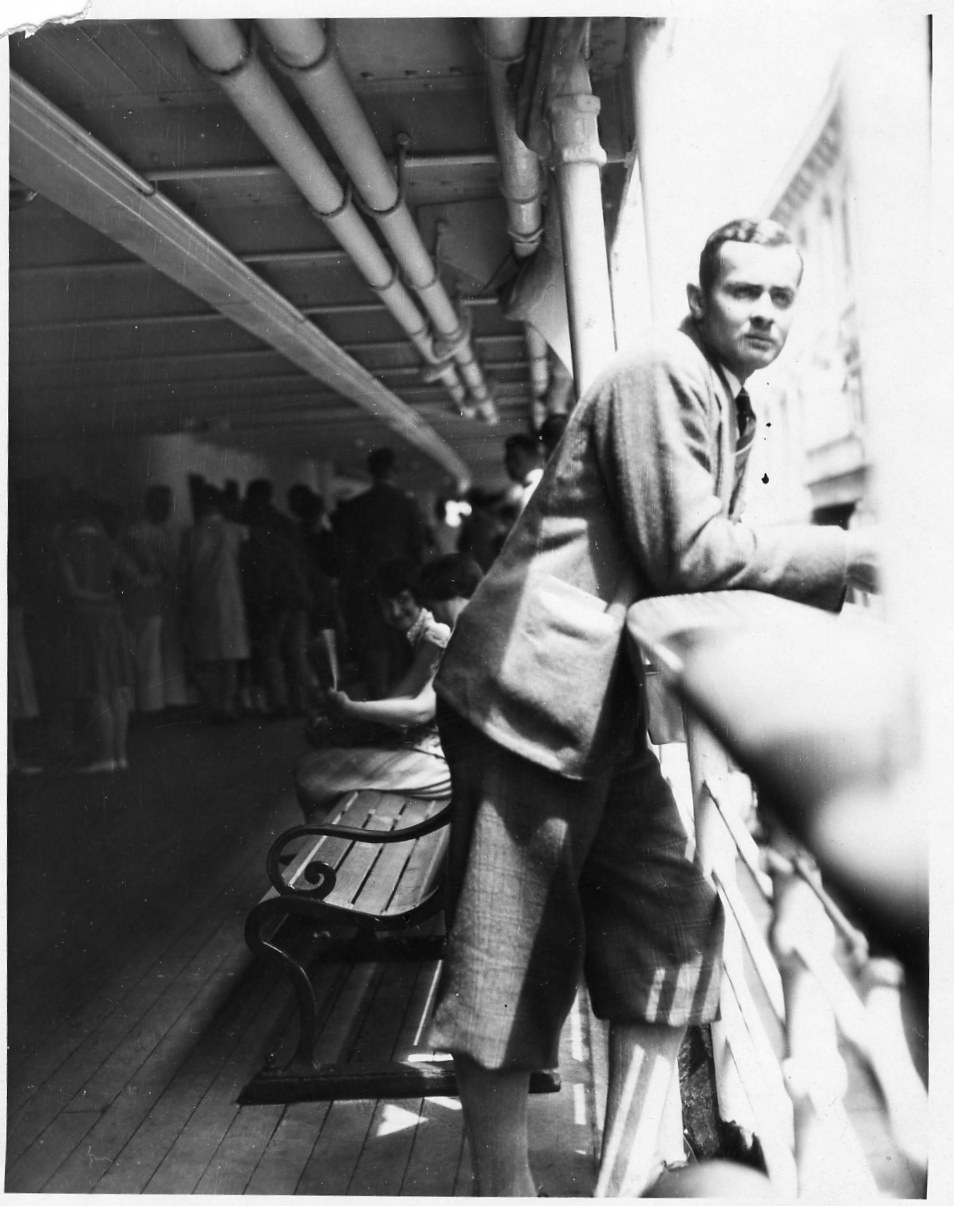
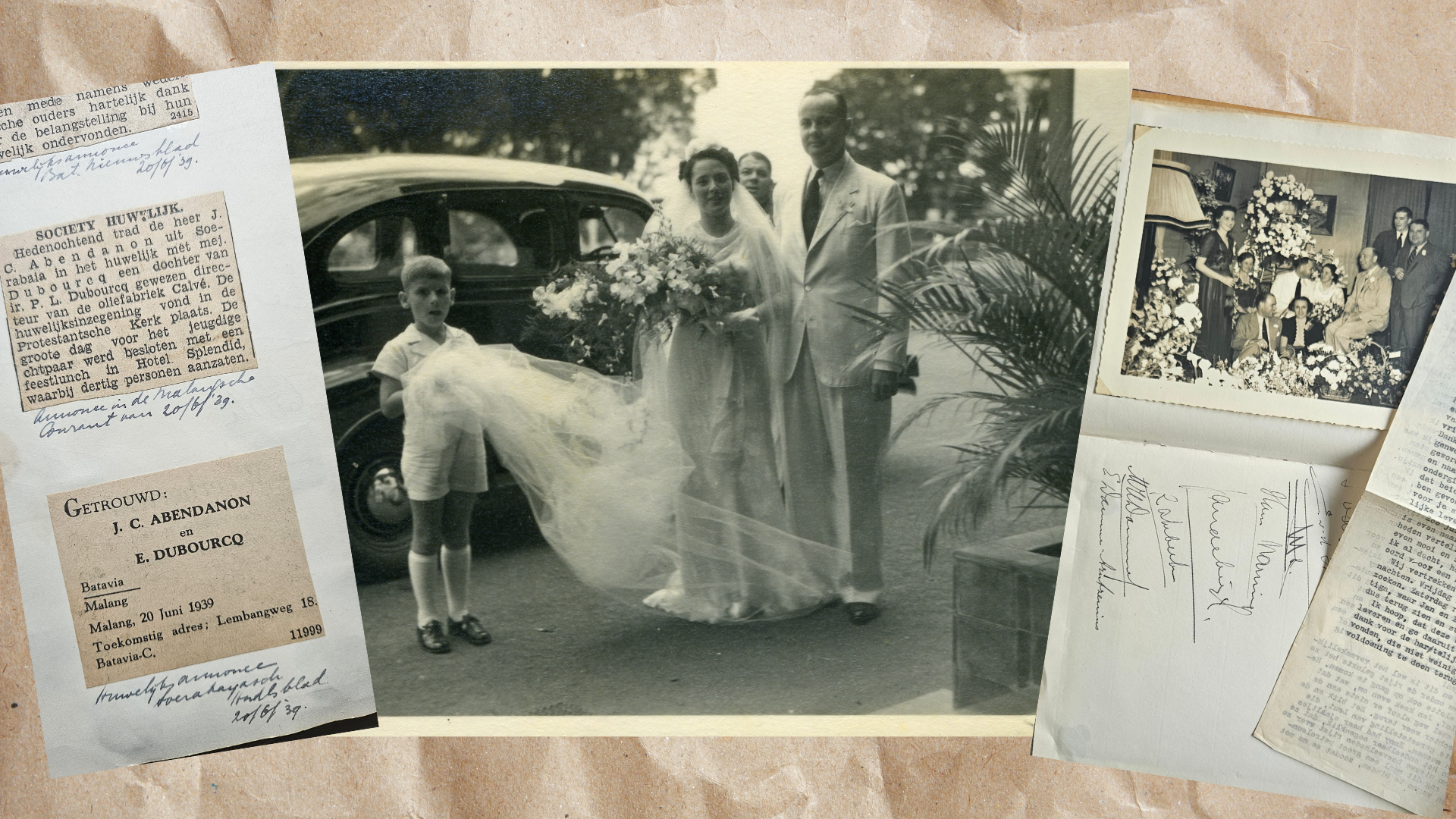
Emmy and Jan were married in Batavia, The Dutch East Indies on the 20th June 1939. It was a happy day. The couple received telegrams of congratulations from all over the world, and the wedding was celebrated in local Batavian newspapers.
It was supposed to be the start of a long and happy life together.
Little did they know that in less than three months, the world would be at war…
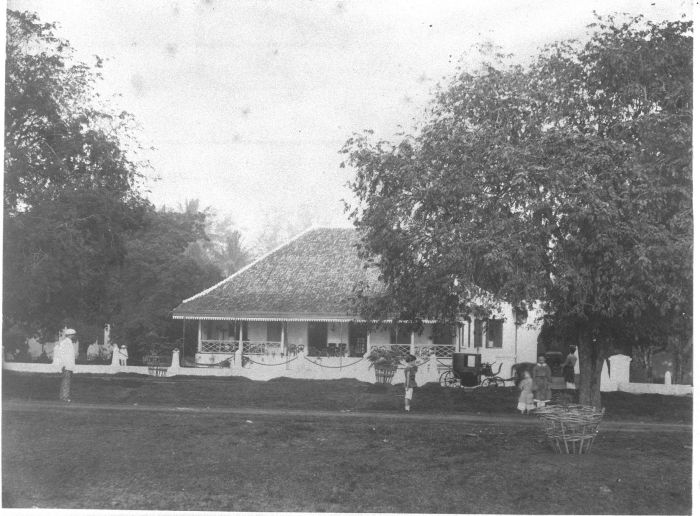
Emmy and Jan moved to 18 Lembangweg, Batavia. It was a modest bungalow with a lovely verandah and lots of trees around it.
This exact house is Emmy’s childhood home in the book.
If you’ve already read The Songbird and the Rambutan Tree, you’ll know ALL about Violet! She was such fun to write, and hopefully she wormed her way in to your heart by the end. In the book, Violet and Emmy start out as enemies, but in real life they were best friends from the very start. They got each other through the war, and stayed friends for the rest of their lives well into their 90s.
This is Violet’s real house, (imagine the garden parties there!) and appears in the book exactly so.
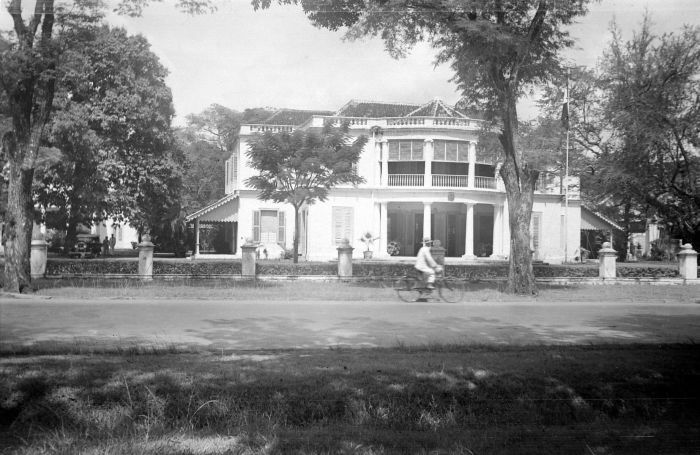
This is the last photo taken of Emmy and Jan before the Japanese invaded and Batavia fell. It is early 1942. Jan was called up to the Royal Netherlands East Indies Army (KNIL). Emmy was just twenty-three years old.
Shortly after this photo was taken, Jan was captured and transported to Pakan Baru, a prisoner of war camp on the island of Sumatra, where prisoners worked to build a railway line through the jungle. The world remembers the more famous Siam-Burma railway, but the Pakan Baru railway was just as deadly, and is known as the Forgotten Death Railway.
Emmy and her best friend, Violet, were captured a few months later. They were sent to numerous prisoner of war camps, ending up in the worst one of all: Tjideng.
Emmy and Jan would not see each other again for nearly four years.
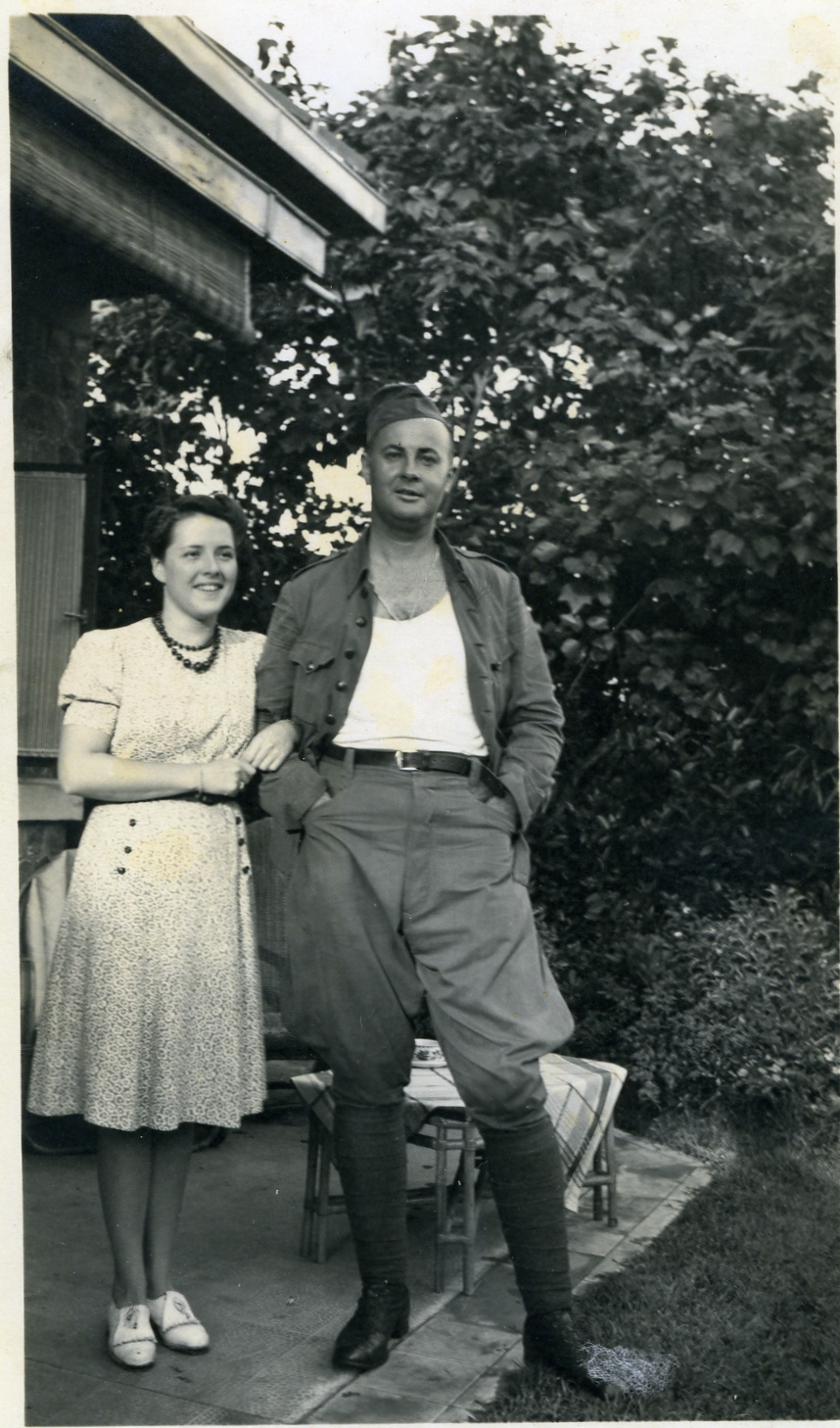
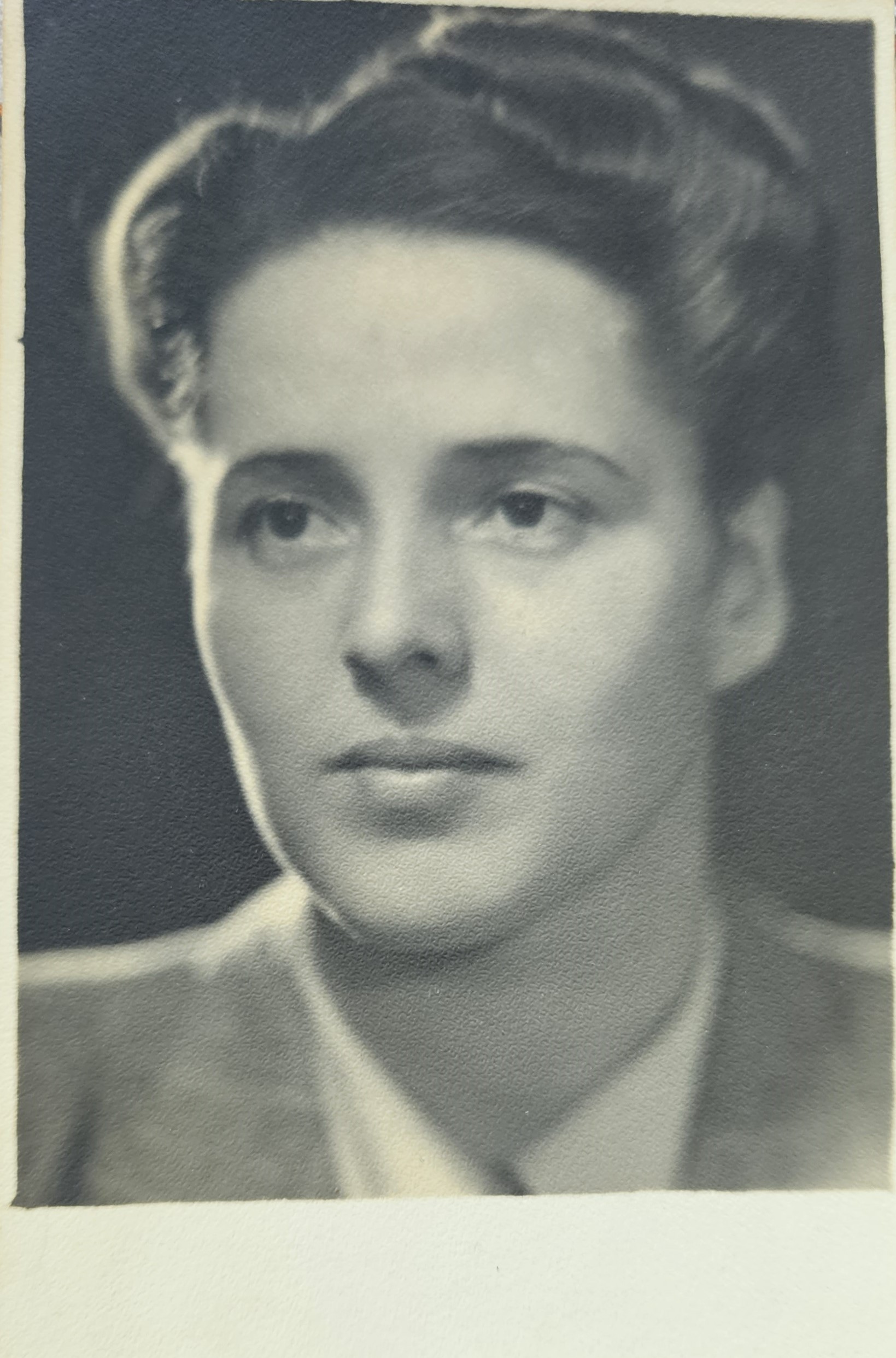
Here is Emmy in early 1946. The war had ended only a few months before. She was back in The Netherlands after finally escaping Tjideng, (the mad dash across Batavia in a Red Cross ambulance is true!), and enduring months on a ship from Batavia to Rotterdam via the Suez Canal. Emmy and Jan left Batavia with not a single possession between them. Not even a toothbrush.
They had survived.
To see incredible images of Tjideng from the Dutch WW2 Archive, BEELDBANKWO2, click on the button below.
For parents and caregivers: The Songbird and the Rambutan Tree is a middle grade novel aimed at 10-14 year olds. The images of Tjideng I have chosen to include here are appropriate for middle grade readers.
After the war
In 1945, After Japanese capitulation (and a legendary note on toilet paper delivered by Lady Mountbatten), Emmy and Jan were reunited. They had survived. They left Batavia and went back to The Netherlands to try to build a life for themselves.
But Europe was broken by the war. The Dutch economy was on its knees after half a decade of Nazi occupation. Jan struggled to find work.
Emmy and Jan were also homesick. They missed Batavia. So in 1948, with a toddler in tow, they moved back to Indonesia.
But everything had changed. Indonesia was fighting for independence. The Dutch were no longer welcome, and Emmy quickly realised that the country she’d always thought of as ‘home’ couldn’t be home any more.
In 1949, now with two sons, Emmy and Jan returned to The Netherlands. They would never return to Indonesia again.
Again, Jan struggled to find work. Europe was in an economic depression. Jan’s sister, Anne, worked for the Dutch airline KLM as cabin crew. She had recently flown to Cape Town in South Africa, and told Jan how wonderful the city was.
Emmy and Jan needed no convincing! They headed to South Africa, now with three sons in tow (one of them being my dad) and created a wonderful life there.
And the rest is history…
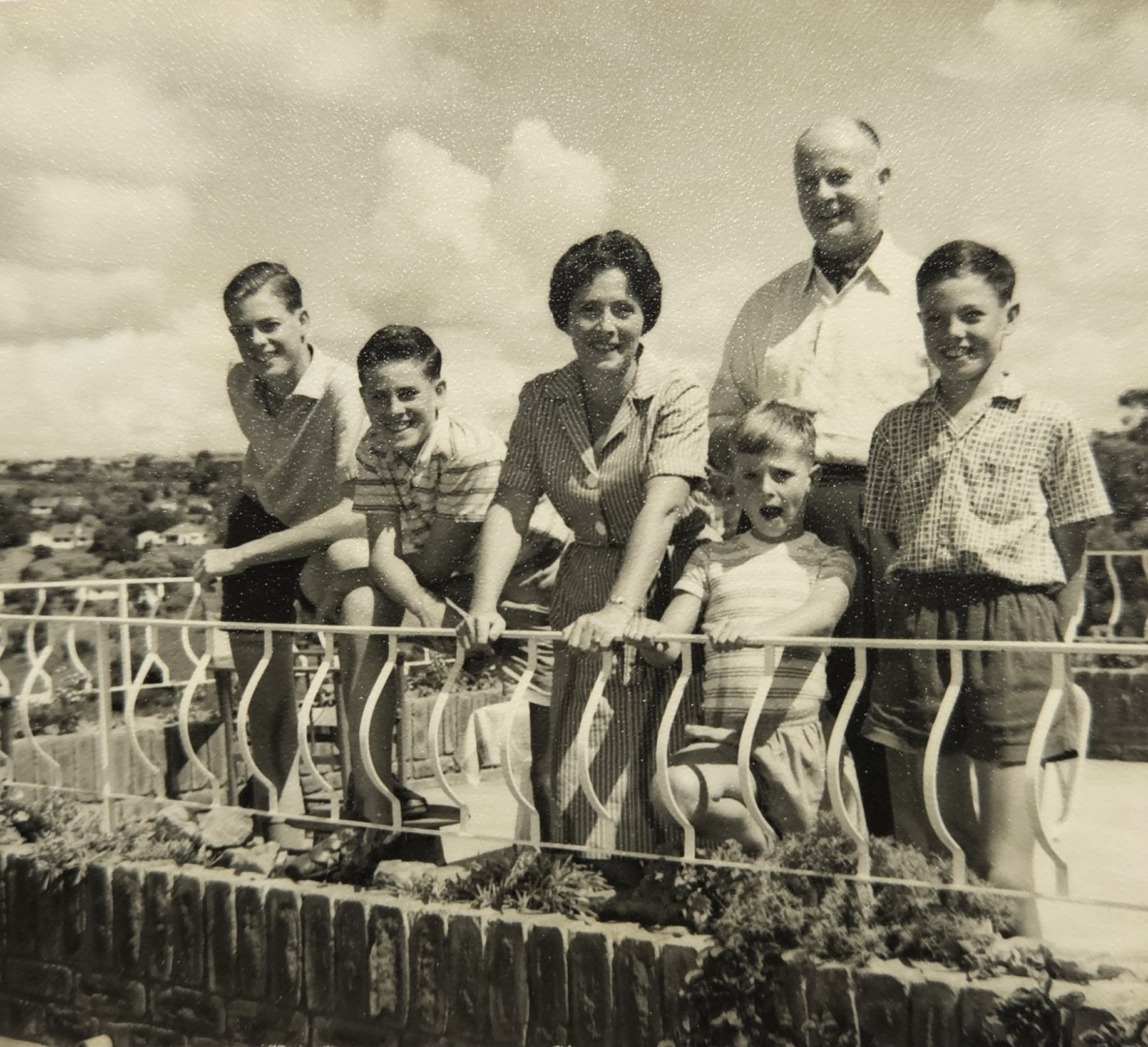
Emmy and Jan with their four boys in South Africa, 1960. Two were born in The Netherlands, one in Indonesia, and one in South Africa.
The boy on the far right is my dad.
Emmy and Jan had four children, thirteen grandchildren and fourteen great-grandchildren…and counting. In true Abendanon style, we live all over the world!
After raising their boys, Emmy and Jan immigrated to the UK, and then finally, back to The Netherlands. Emmy never lost her love of travel and connecting with the world. Here she is visiting me when I lived in Istanbul…she was 92!
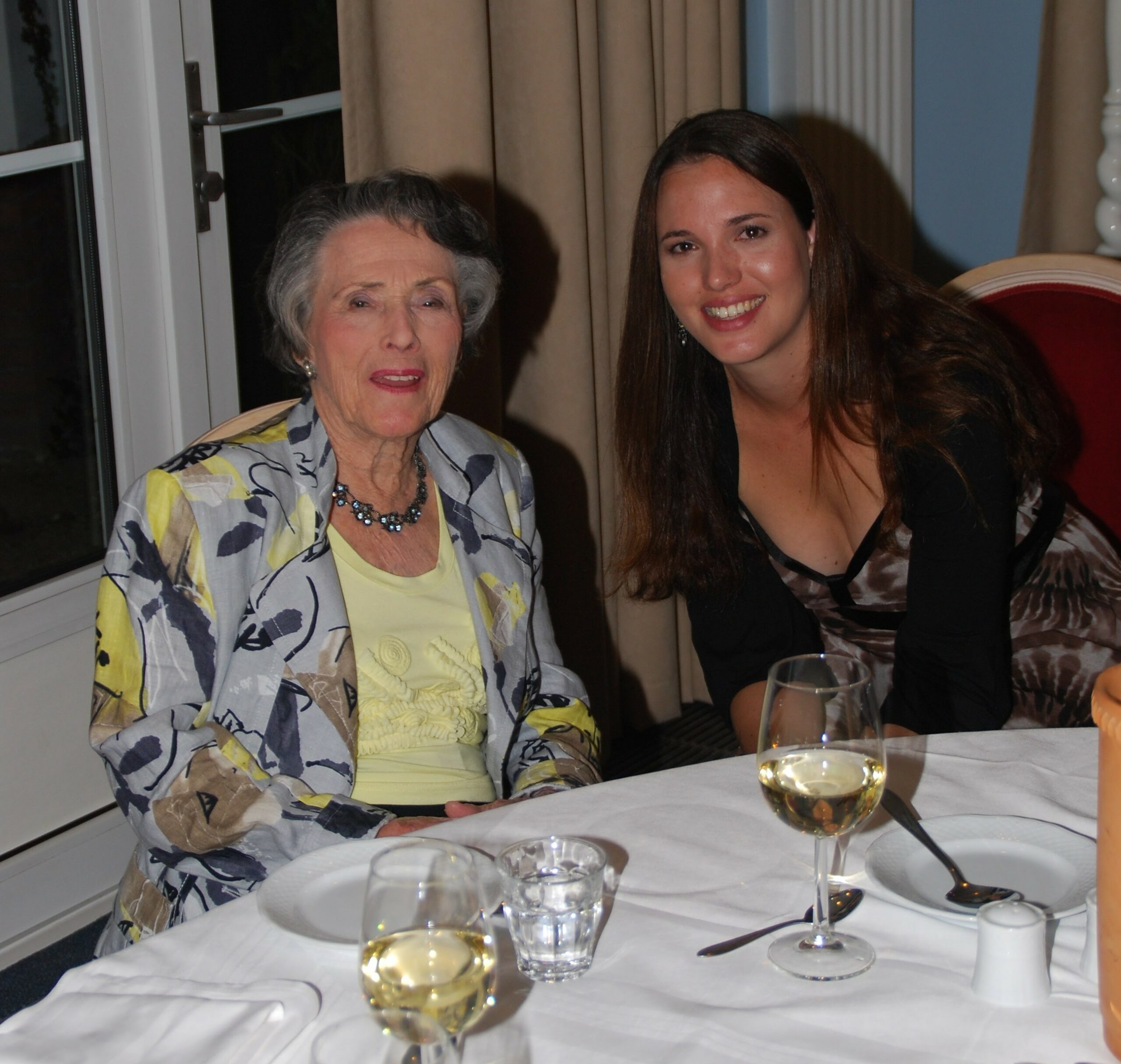
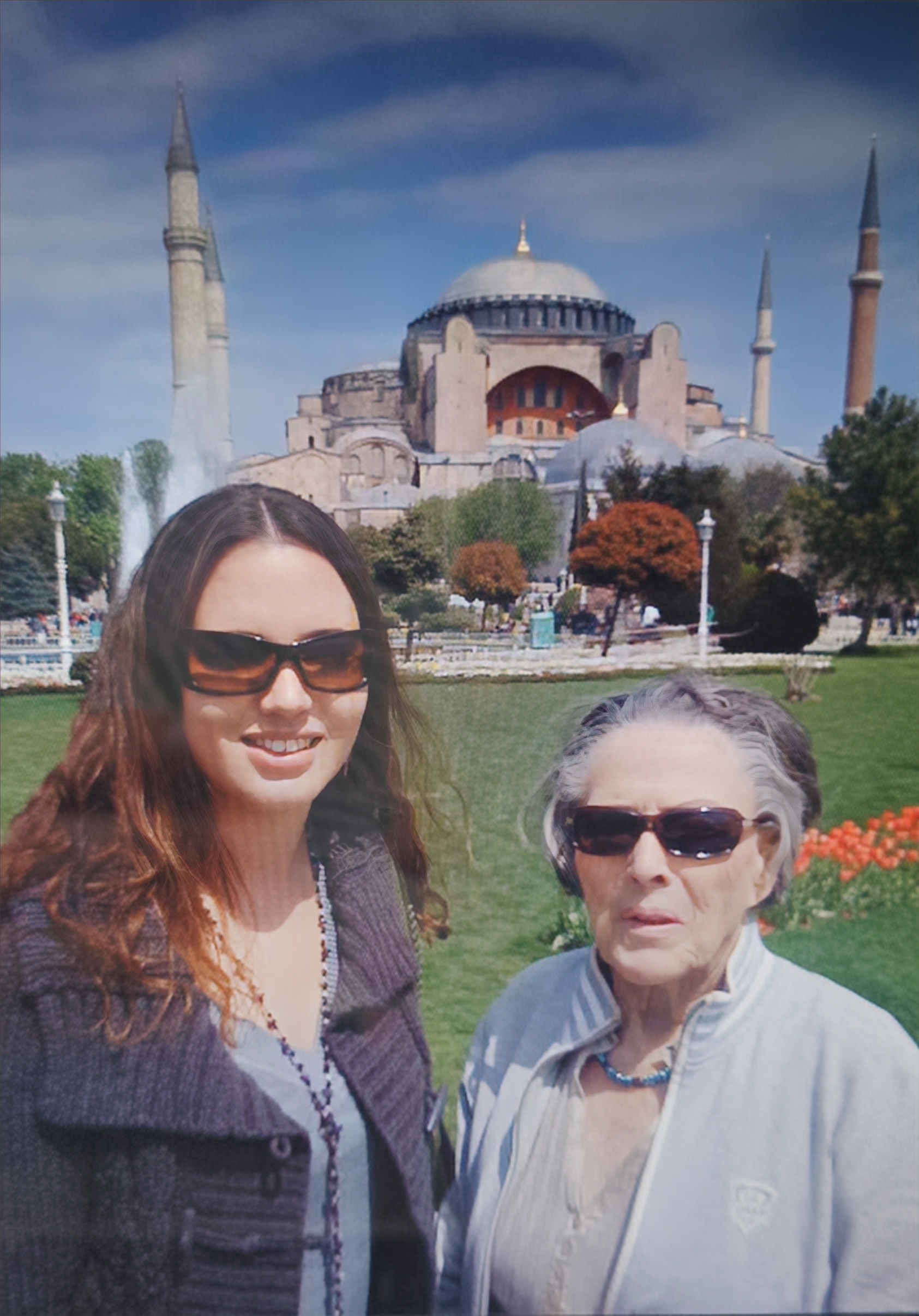
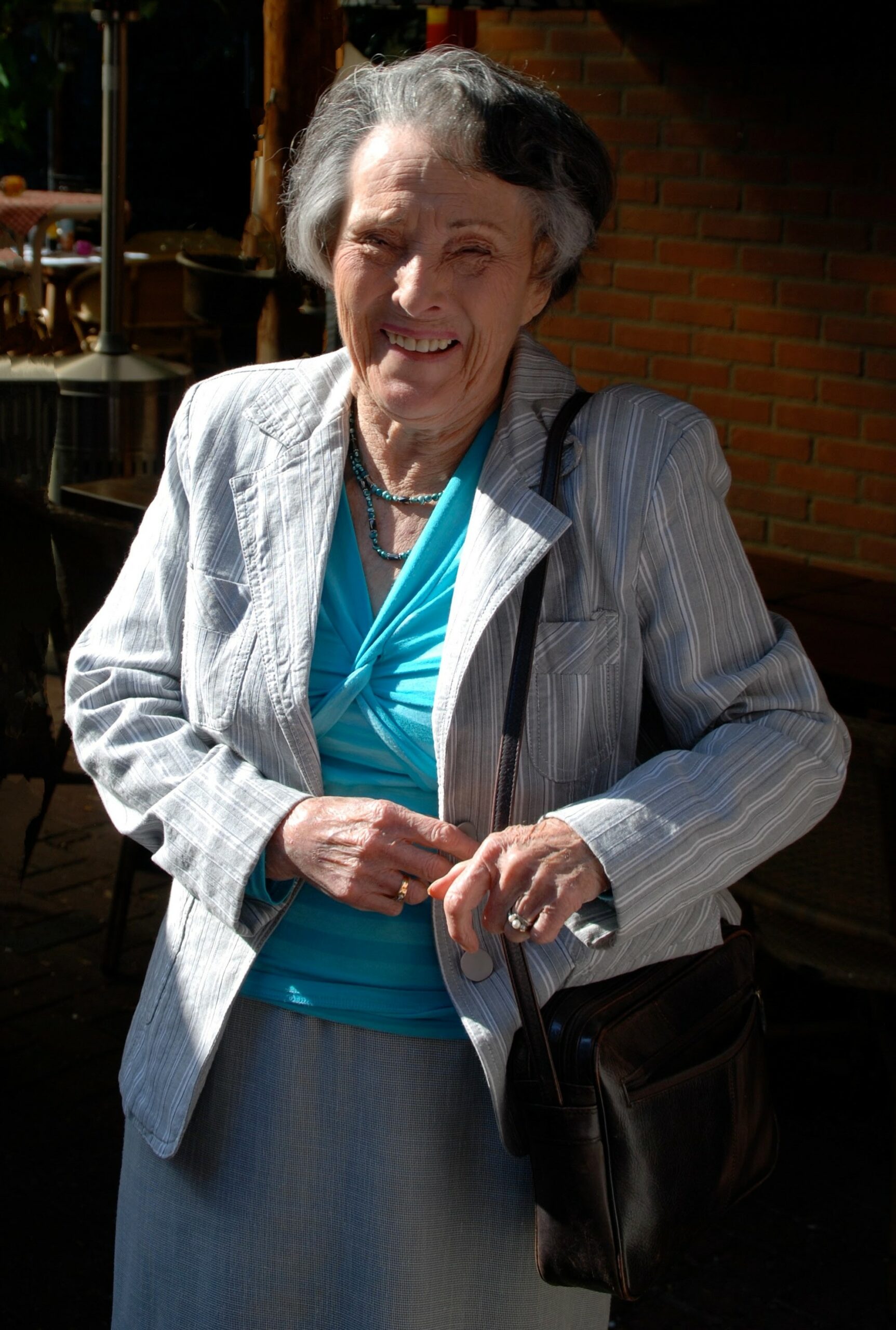
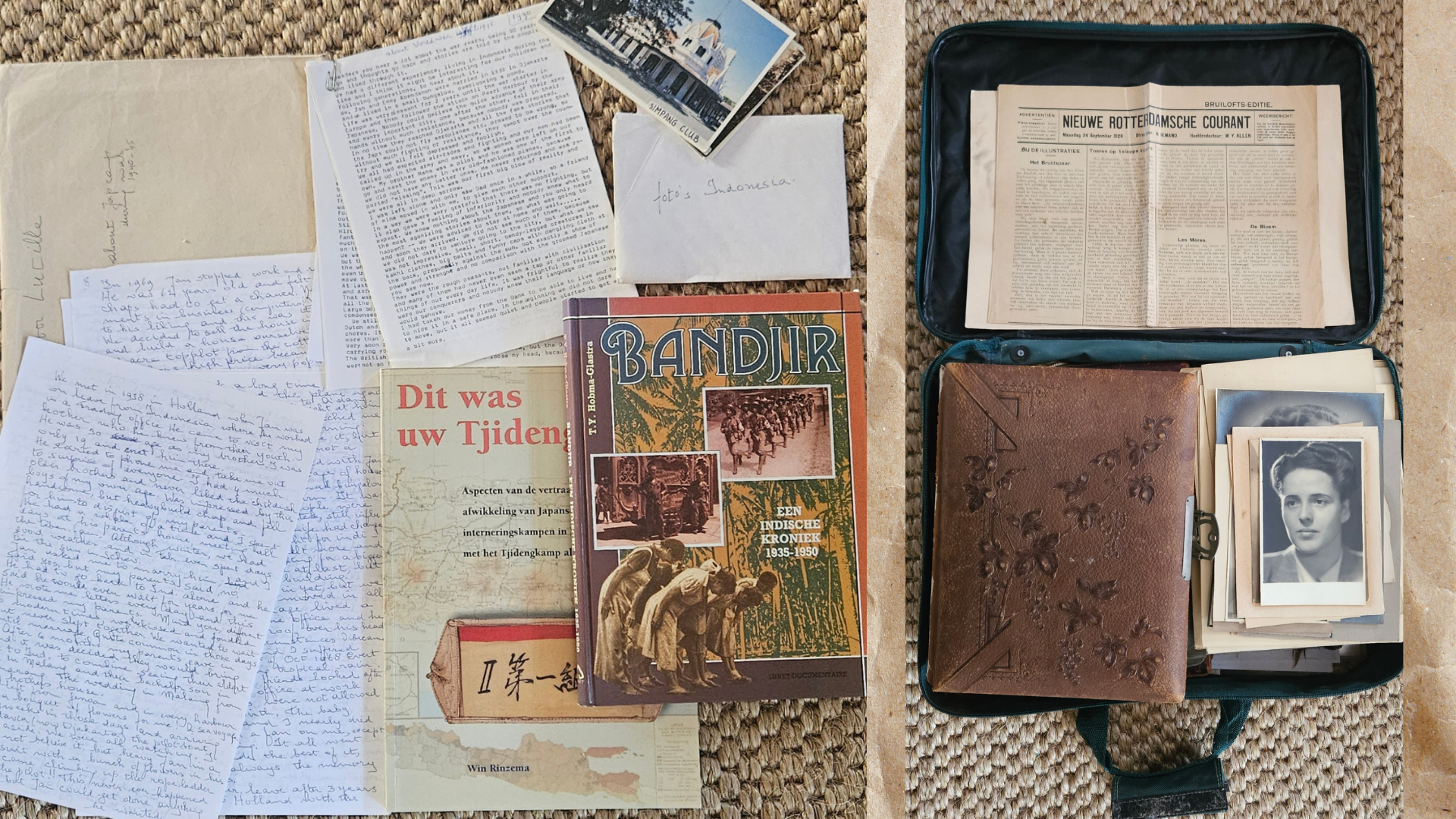
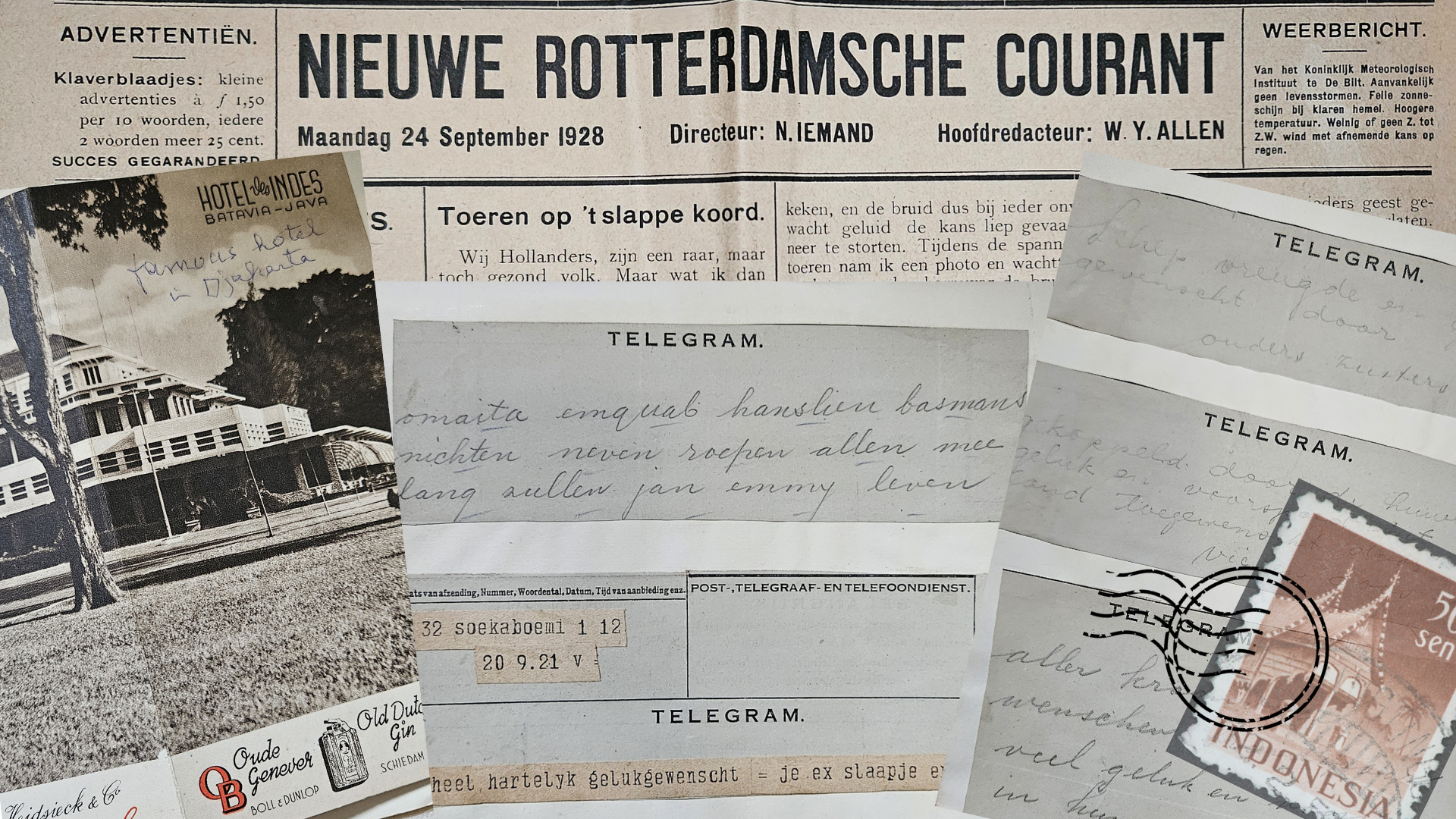
I feel so very fortunate that Emmy chose to share her experiences as a prisoner of war with me. Our conversations about her life during the war went on for more than twenty-five years – sometimes sitting in her sunny apartment in The Hague in The Netherlands, nibbling on speculaas biscuits, or tasty nasi goreng and gado gado from the Indonesian Toko down the road; or in letters that found me no matter where in the world I was living; and in the latter years of her life, over email. Her remarkable stories live on in The Songbird and the Rambutan Tree.
Alongside her letters and emails, she left a written account of her life in Batavia and in Tjideng. Our family also has a vintage suitcase stuffed full of letters, photos, telegrams, menus, and albums from Emmy’s life, all of which were vital to researching the book.
Get in touch! I’d love to hear from you.
